By Kajal Gaba
Photography: courtesy Once Upon My Wall
Read Time: 2 mins
In this concluding session of the three-part series on the impact of interior design for children, designer Kajal Gaba focusses on the design and impact of therapeutic spaces and healing in the child…
A therapeutic space can be defined as a holistic environment that facilitates patient rehabilitation. In contrast to medical treatment, healing is a psychological concept of health.
The entire design concept needs to be customised based on requirements of the therapists. It is important to keep in mind the special needs of the end users – in this case, the child; as in some cases the brain may over-react to sensory stimuli, whilst at other times, it may not react enough.
 |
| Lions Club Therapy Park at B. J. Wadia Hospital |
1. Sight or vision
2. Smell or Olfactory
3. Taste or Gestation
4. Hearing or Audition
5. Touch or Somatosensory
6. Vestibular
7. Proprioception
Light and colour pigments play an incredibly important part in therapy space design and act as therapy tools.
The design flow, wheelchair and hospital bed accessibility and orientation of different therapy corners are optimised for usage. It is important that children with special needs should be able to use each interactive element/activity designed in the space. Also, when children are brought into any therapy space in either a wheelchair or a hospital bed on wheels, the design and width of passage and access to therapy area or activity corner should allow easy movement. Child safety is another important part of designing child centric spaces.
One needs to be extra careful when designing therapy areas, as the risk of injury is much higher, especially for children with special needs. Elements like flooring materials, flooring thickness, wall surfaces and its texture, safety padding, edge guards, holding bars, grip handles, antiskid surfaces, quality of air, colour palette, lighting, acoustic, interactive elements etc. become a very important aspect of the design.
Outdoor therapy: A therapy park for paediatric patients at B J Wadia Hospital Mumbai includes rehabilitation, remediation, and recreation under one roof. It fulfills the criteria of inclusion and accessibility, for abled and differently-abled children. It is designed to enhance sensory-motor skills in any child, be it a locomotor disability or a sensory disorder.
Indoor Therapy: Pragati at Rainbow Children's Hospital, Bengaluru is a comprehensive centre for cerebral palsy that houses all specialties such as Paediatric Neurology, Orthopaedics, Developmental Sciences, Physiotherapy, Occupational therapy, Gait lab analysis and Speech therapy under one roof.
Kajal Gaba is an, artist, illustrator, and specialist designer for creating Childcare, Learning, Play and Therapy spaces for children. The last 26 years of her practice have been centred around the fact that ‘child development is directly linked to the environment a child is provided’. As a pioneer in the field, Kajal mandates a perfect balance of therapy, play, exploration, and interaction in her designs, with the colour palette as the core essence! She can be reached at kajal@onceuponmywall.com
Thought n Impact is a platform, where India Art n Design (dot)com encourages professionals to share conceptual thinking, comment on theories and practices of art and design, give voice to the impact of design and so on... If you have something relevant to share, write to us at editor@indiaartndesign.com

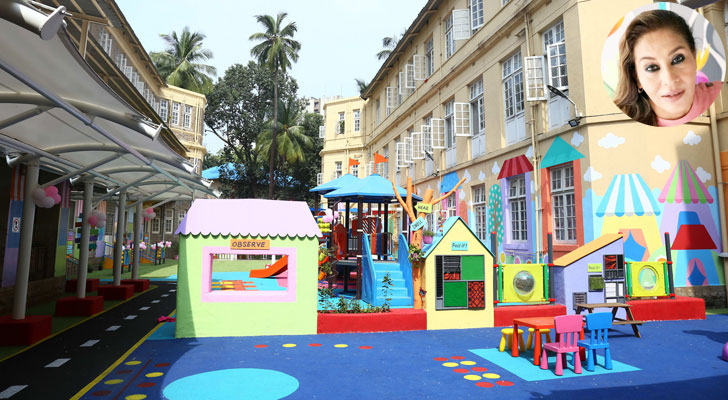
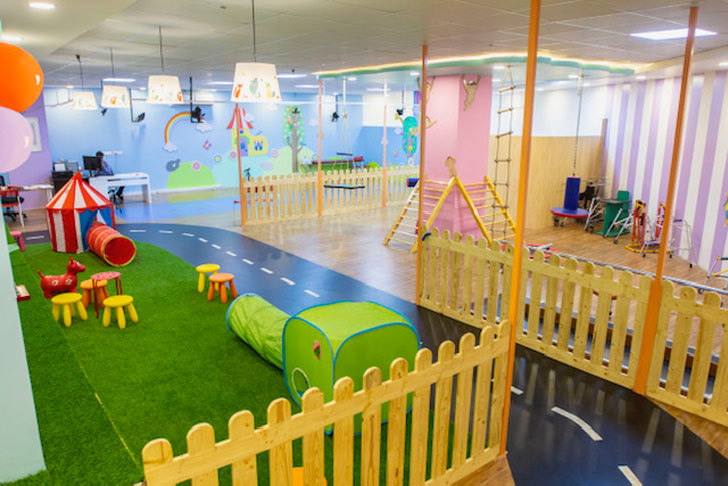
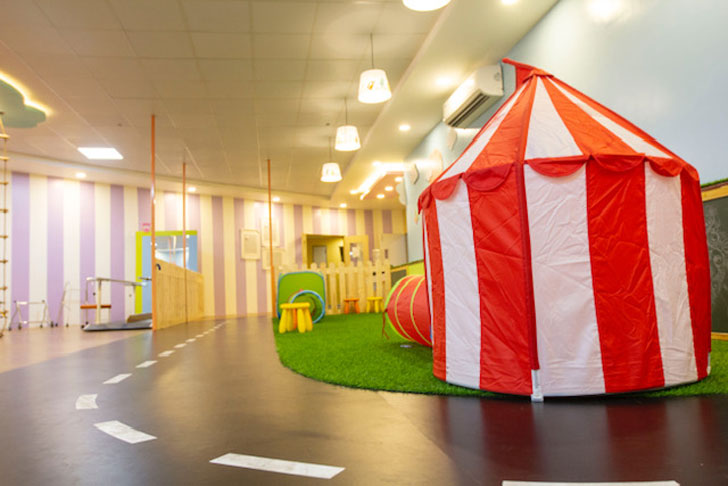
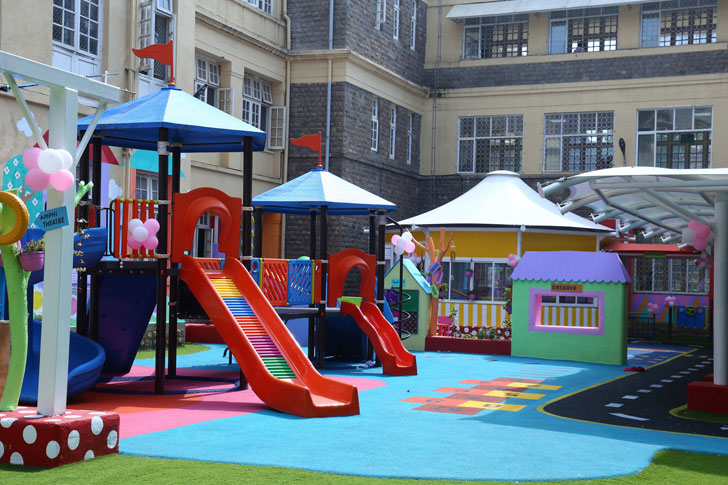
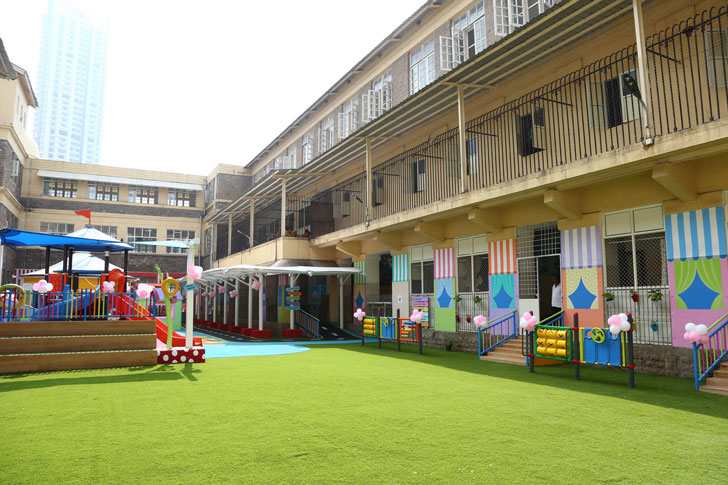


No comments :
Post a Comment